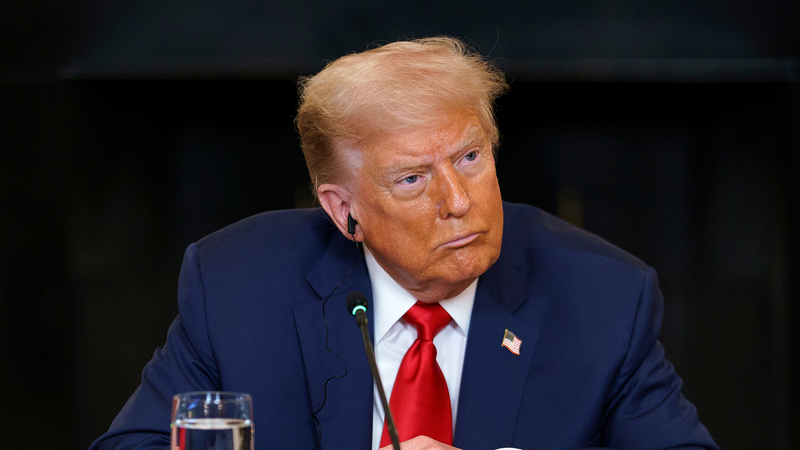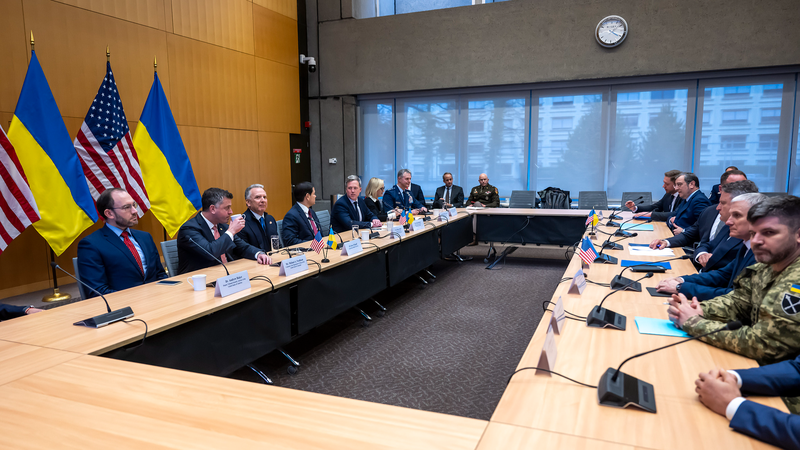U.S. President Donald Trump on Wednesday announced a sweeping increase in trade duties, imposing a 50% tariff on copper imports and an identical levy on goods from Brazil, effective August 1, 2025. In a post on his Truth Social platform, Trump cited a ‘robust national security assessment’ that highlighted copper’s critical role in defense and technology supply chains.
According to the U.S. Geological Survey, almost half of the copper used in the United States is imported predominantly from Chile, fueling everything from semiconductors and data centers to radar systems and lithium-ion batteries. Trump emphasized that copper is essential for semiconductors, aircraft, ships, ammunition, data centers, lithium-ion batteries, radar systems, missile defense systems and hypersonic weapons.
By hiking the tariff to 50%, the administration aims to incentivize domestic production and rebuild a dominant copper industry on U.S. soil. Industry experts warn of potential price spikes in electronics and renewable energy sectors, while supporters argue the move could reignite mining and manufacturing jobs in key regions.
The Brazilian tariff, also set at 50%, targets a broad range of goods from agricultural products to manufactured items. Market analysts expect the measure to fuel tensions with one of America’s largest trading partners by volume. In parallel, Trump’s administration has sent tariff notices to seven additional countries, underscoring a wider strategy to reshape global trade dynamics.
For young professionals, entrepreneurs, and thought leaders, this policy shift raises questions about supply chain resilience, sustainability, and the future of global trade alliances. As the world watches, industries from electric vehicle manufacturing to national defense will be closely monitoring the ripple effects of Trump’s aggressive tariff campaign.
Reference(s):
cgtn.com




